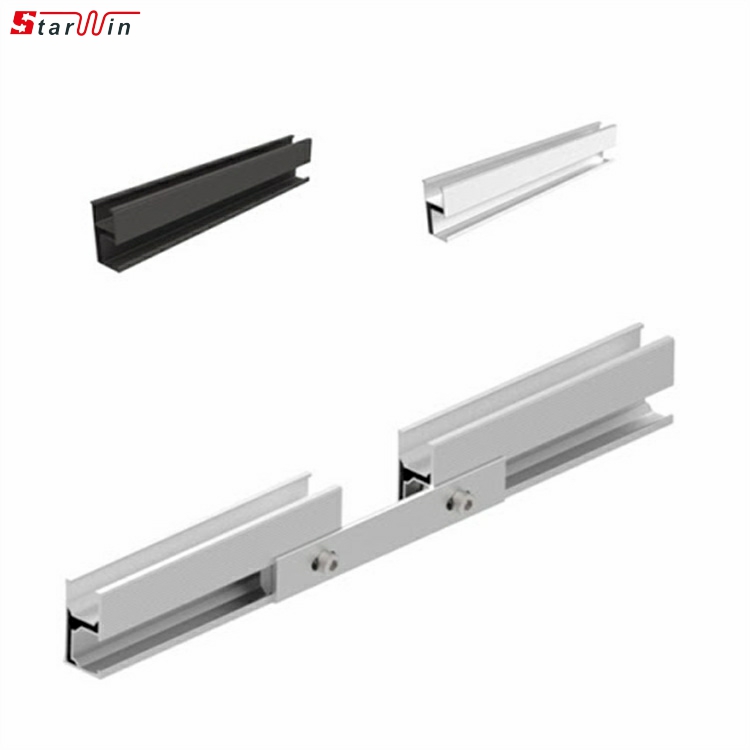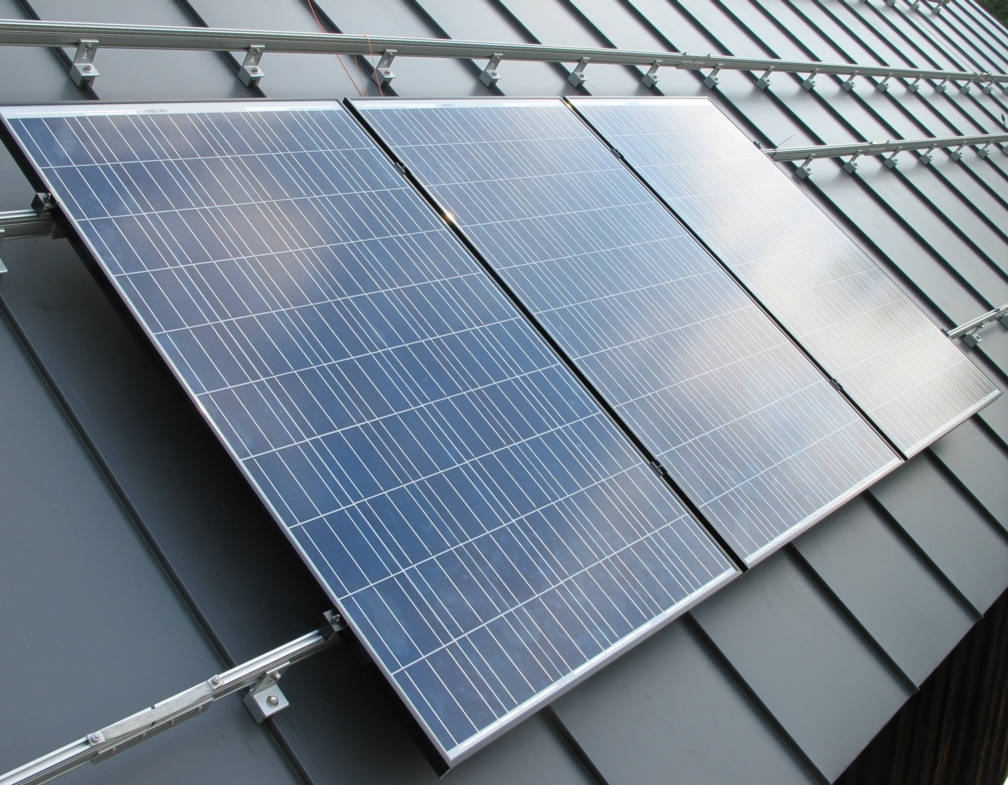
Rail Extension – Connects two shorter rail sections to create the desired length without compromising strength.
Structural Stability – Maintains straight alignment, preventing sagging or misalignment over time.
Electrical Continuity – Many designs include integrated grounding to maintain electrical bonding across rails.
Simplified Logistics – Allows transport and handling of shorter rails while still enabling long continuous runs on-site.
Internal Splice Connectors –
Inserted inside the hollow profile of the rail.
Provides a clean, streamlined appearance.
Often secured with self-tapping screws or bolts.
External Splice Plates –
Installed outside the rail profile.
Typically fastened with bolts and nuts.
Can be used for heavier loads or specific rail shapes.
Slide-in or Click-fit Connectors –
Tool-less or minimal-tool installation.
Designed for quick assembly, saving labor time.
Grounding Splice Connectors –
Have serrated or conductive surfaces to break through anodized coating for electrical bonding.
Comply with grounding requirements such as UL 2703.
Aluminum Alloy (6061-T6 / 6005-T5) – Lightweight, corrosion-resistant, strong.
Stainless Steel Fasteners (304 / 316) – High corrosion resistance in outdoor and coastal environments.
Surface Treatment – Typically anodized for enhanced durability and appearance.
Flexibility in Design – Installers can adapt to site constraints and rail length requirements.
Reduced Transport Costs – Shorter rail sections are easier and cheaper to ship.
Ease of Replacement – Damaged sections can be replaced without dismantling entire rail runs.
Compatibility – Designed to match specific rail profiles from the same mounting system manufacturer.
Residential rooftop PV arrays.
Commercial flat roof solar systems.
Ground-mounted solar farms.
Carport and canopy PV structures.
